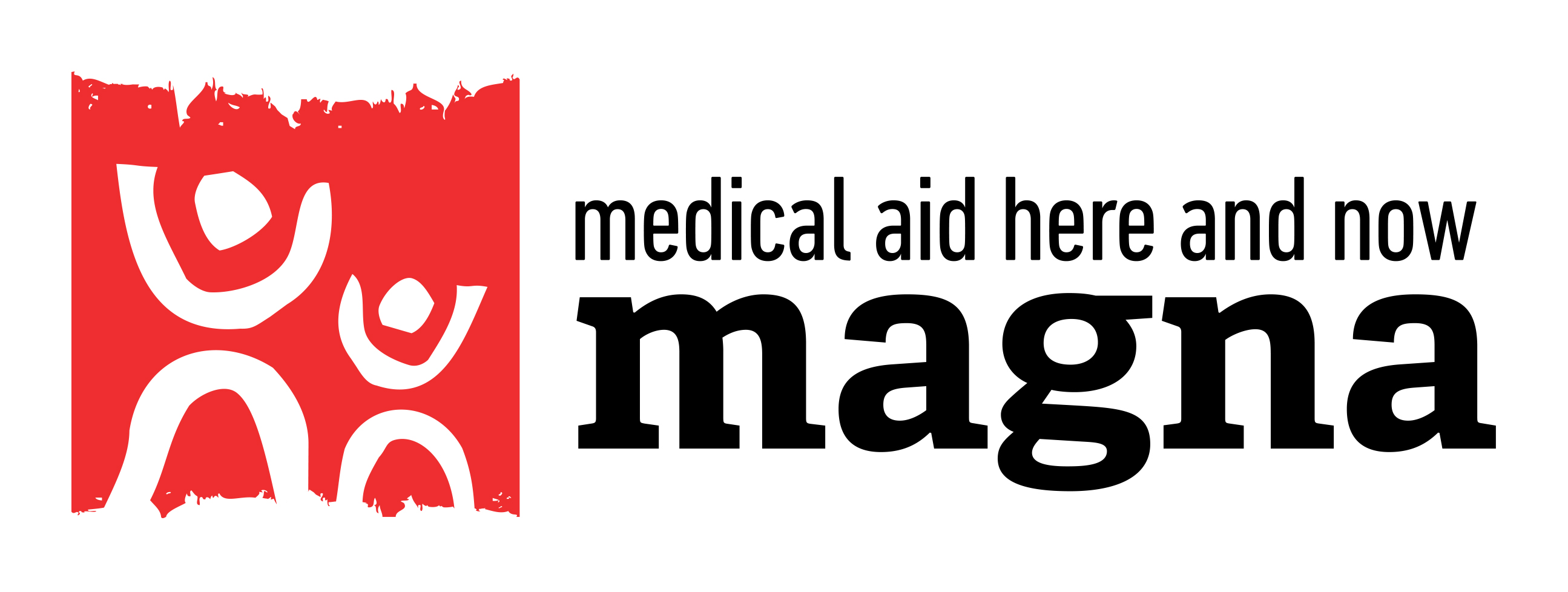It was shortly after the first earthquake, when MAGNA team arrived in Kathmandu. If you had the opportunity to visit some of the Asian cities, then you know that streets are usually full of people. You know that life is happening right there: a lot of small shops, people selling and buying right on the sidewalk, hundreds of small shrines built along roads and sidewalks, where the passers-by stop, have a brief ceremony and continue with their journey. On Sunday, when I arrived, it was different. Everything was closed. Even the houses that made it through the earthquakes were empty. The streets were also empty and the town was marked by an ominous silence.
Mass transfer from the city
Nepal has been known in its brief history as a country, where mass migratory movements are part of the life of the most people: for work, for safety, for a chance to live life with dignity, free of violence and with the opportunity of better future for their children. It is not about the chase for wealth and welfare but looking for safety, career opportunity and a dignified life. There are a lot of places in Nepal, where basic human needs such as safety, food, work or medical care are not available, but people still live here despite that fact.
Similar mass migration of inhabitants launched shortly after the earthquake. Firstly it was the fear of families living in the affected mountainous areas of the country. Many people lost not only their work, which was caused by the earthquake, but they also became homeless. In the destroyed city, they could not find calmness and strength to start from the beginning. The remaining population that stayed in Kathmandu gathered near their destroyed houses and watched over their unprotected ruined dwellings and their wounded lives. For a while there was no reason to go anywhere. Lives of tens of thousands people had stopped. Although their life in Kathmandu was destroyed, the vision of rebuilding a new city was very strong. First impressions were sad and shocking, but not hopeless.
The situation was different in the remote mountainous and rural parts of Nepal that were also hit by the earthquake. The earth may have shaken by the same force and intensity as in Kathmandu, but in this part the consequences were incomparably more devastating. A lot of people died and many were injured. In many parts more than 90% of dwellings were destroyed. In the area of Sindhupalchowk, where the MAGNA base of operations is located, 63,000 of the total 65,000 houses were destroyed. What do these numbers mean? It means that today these people have no more roofs over their heads and their multi-generational houses built of mud and bricks no longer exist. This area does not have any sources for the renewal for these houses and construction of new houses is not in sight.
MAGNA team does not lose hope
At the moment the priority of Magna Children at Risk is to deal with the saving of human lives, their psychical and mental state, to help people re-establish access to health care and to ensure supplies of food, medicine and temporary shelters.
Coordination of humanitarian help in smaller regional areas is extremely efficient. Local governmental and non-governmental organizations supported by international humanitarian teams are trying to map the needs of inhabitants in inaccessible areas, where the major obstacle remains the mountain terrain itself. Despite of this we do not lose the determination to get into the most remote areas of the Himalayan Mountains to help those who survived.
The performance of our teams has been increased by the relocation of entire units directly to the area located 80 km from Kathmandu, from where we can best recognize current and newly-emerged needs. Before leaving we recruited and trained experienced local social workers, nurses and consultants who together with local medics and volunteers create health, psychosocial and social teams that provide necessary help. Our activities are focused on the renewal of health care and the recovery of the broken psyches of exhausted and disaster-stricken people, all through psychological consultations.
It is tremendously encouraging, when people in Slovakia are interested in what happens in areas stricken by a disaster. This is only a small part of the global humanitarian effort in Nepal and also only a small part of disasters caused by nature and man. It is necessary to realize that safety and basic needs are not a certainty in major parts of the world. Today, as members of an even more global community we should not be indifferent to the fate of these people.
Karin Slováková, MAGNA Coordinator in Nepal
